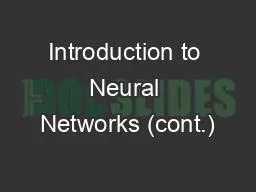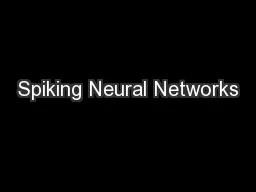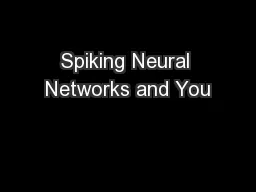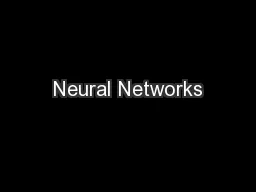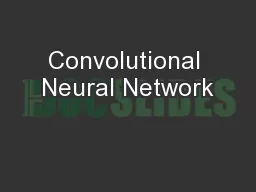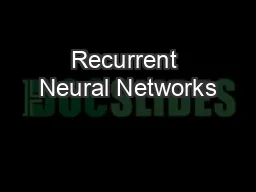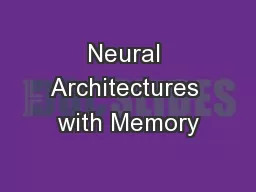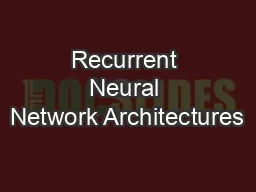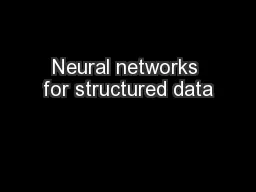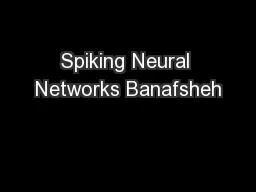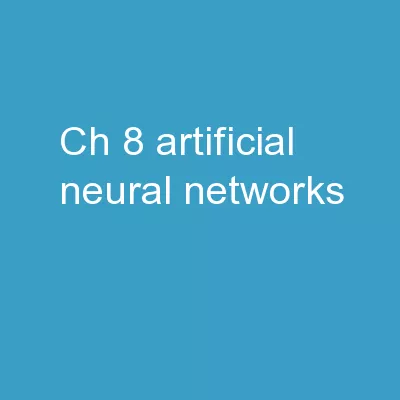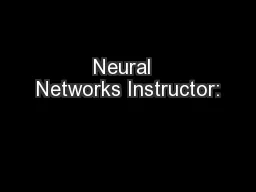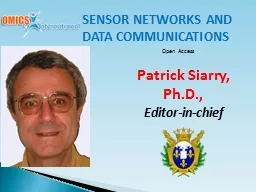PPT-Introduction to Neural Networks (cont.)
Author : heartfang | Published Date : 2020-06-25
Dr David Wong With thanks to Dr Gari Clifford GIT The MultiLayer Perceptron single layer can only deal with linearly separable data Composed of many connected neurons
Presentation Embed Code
Download Presentation
Download Presentation The PPT/PDF document "Introduction to Neural Networks (cont.)" is the property of its rightful owner. Permission is granted to download and print the materials on this website for personal, non-commercial use only, and to display it on your personal computer provided you do not modify the materials and that you retain all copyright notices contained in the materials. By downloading content from our website, you accept the terms of this agreement.
Introduction to Neural Networks (cont.): Transcript
Download Rules Of Document
"Introduction to Neural Networks (cont.)"The content belongs to its owner. You may download and print it for personal use, without modification, and keep all copyright notices. By downloading, you agree to these terms.
Related Documents

